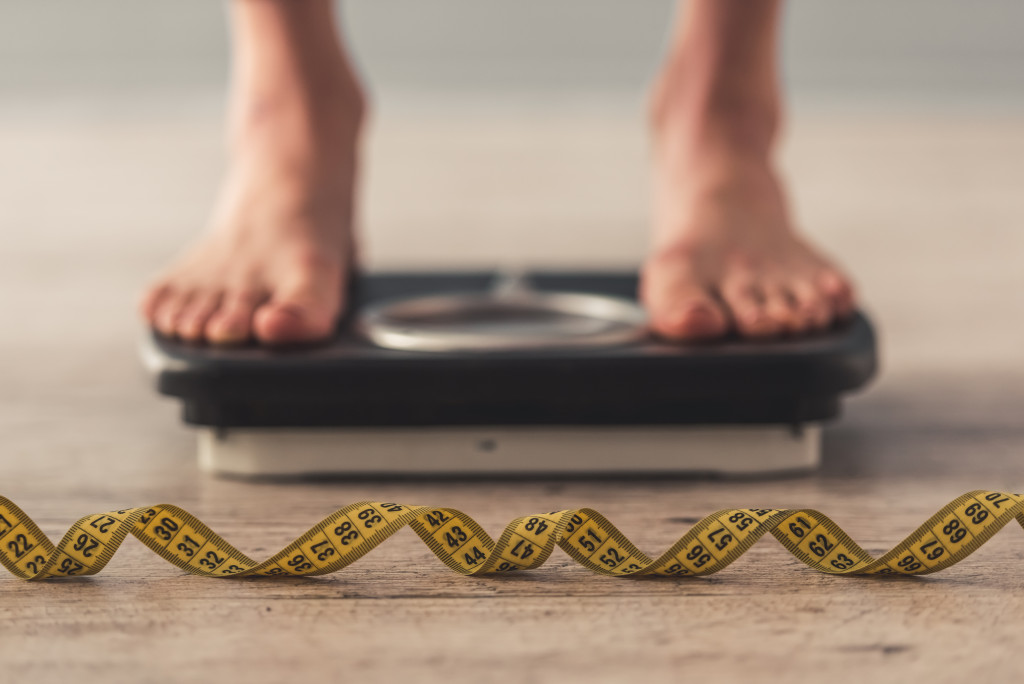Disclaimer: Curate Gifts. This site provides fashion and lifestyle content for informational purposes only.
To be healthy, it will need to maintain a stable core temperature to ensure that we are comfortable and our organs are working are in optimal condition. Of course, our body will use food and water as sustenance in generating just the right amount of heat for our body. In general, if excess calories and energy from food are not burned, this will be converted to body fats. Body fat is integral in storing energy and insulating the body by retaining heat.
However, there’s a common notion that having a high body fat percentage will usually affect weight and BMI. Although body fat percentage is an important factor that influences BMI, various other aspects will need to be considered.
Many health-conscious individuals will use Body Mass Index (BMI) to ascertain if they are within the healthy range in terms of weight. To put it simply, the BMI is a method that will help analyze weight that is appropriate for your height. For the average individual, the “universal” BMI of around 18.9 towards 24.9 is considered normal and healthy.
However, many other aspects can affect what is considered “normal” and healthy in this situation. For instance, many individuals in the Asia-Pacific region will have a normal standard value of around 18.6 towards 22.9. This means that most individuals residing in Southeast Asia and other nations within the region will have a lower standard in terms of minimum BMI and lower maximum BMI for healthy individuals.
Basically, if your BMI is lower than 18.6, you are considered underweight, while those with a BMI above 22.9 are considered slightly overweight and obese.
Why Does Measuring BMI Matter?
But right before we can get into some key differences between your body fat percentage and BMI, we have first to know why measuring your BMI is important in the first place.
BMI has been universally used by many medical professionals in the past few years since this can help assess the risk and likelihood of developing weight-related diseases. However, recent findings have shown that BMI is not necessarily the most accurate tool in this situation.
Instead, most studies have concluded that measuring an individual’s Body Fat Percentage is a more accurate way of computing the body’s mass, which helps determine the risk of weight-related diseases.
What’s the Difference?
So, what makes body fat percentage a better and more accurate choice than BMI? According to many experts, the criteria regarding BMI are quite limited and do not necessarily analyze key parts of the body. Weight can be determined by a variety of factors, which include food and water intake.
Our body is known for two main types of mass:
- Body Fat — This is composed of essential and excess fat. Essential fat is essential in protecting different organs in our body while also helping with hormones. In most cases, this is also used as “reserve” energy for exercises and other types of physical activities. On the other hand, excess fats are considered to be the fats that many should remove.
- Non-fat Body Mass — As the name suggests, this is the part of the body that is composed of muscles, tissues, water, and internal organs. Compared to fats in general, these components are known for being metabolically active, which means that they are responsible for burning off excess fats and calories.
As you can see, many factors will need to be considered when it comes to knowing if you’re “healthy.” If you’re going to rely on BMI, people only measure both height and weight. That said, body fat percentage is a more accurate way of measuring your body’s weight.
What Are Some Effective Ways of Removing Excess Fats?

There are several ways to remove excess fats. Most health experts would say that making key lifestyle changes and living an active lifestyle can help gradually remove excess fats in the body. However, most would suggest that having a versatile and well-balanced diet is more important when removing excess fats or gaining non-fat mass.
Aside from making key lifestyle changes, recent technological innovations in the medical and cosmetic field have also made it possible to have safe treatments without causing pain and discomfort for patients. You won’t have to look far since safe and non-surgical laser liposuction treatments can make you reach your healthy body fat percentage.
You can determine if you have a healthy and normal body fat percentage in many ways. Although you can measure your body fat percentage by yourself, it’s still important to consult a medical professional regarding this matter. Not only will this give you the right and accurate measurements, but they will be able to advise you on the next source of action if you plan on losing or gaining weight.
If your body fat percentage is high, you will need to work on your weight loss. However, several treatments can address this situation. Likewise, if your body fat percentage is too low, you might want to get your weight up.

